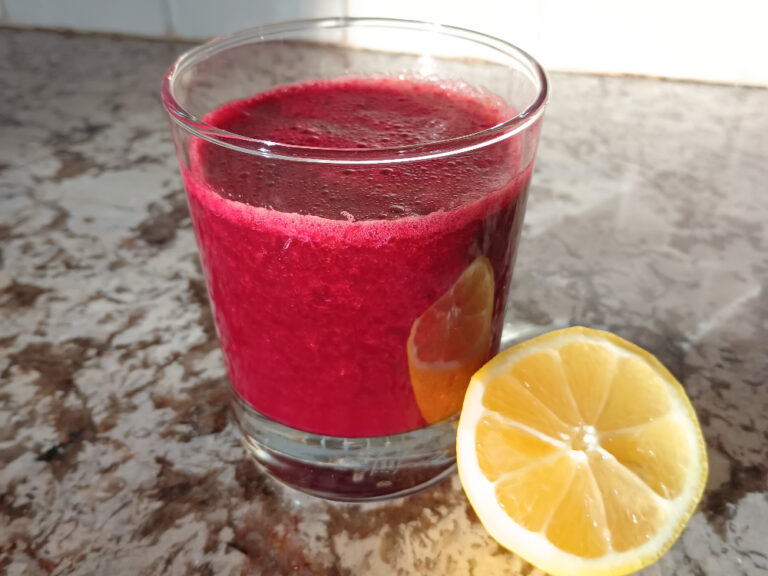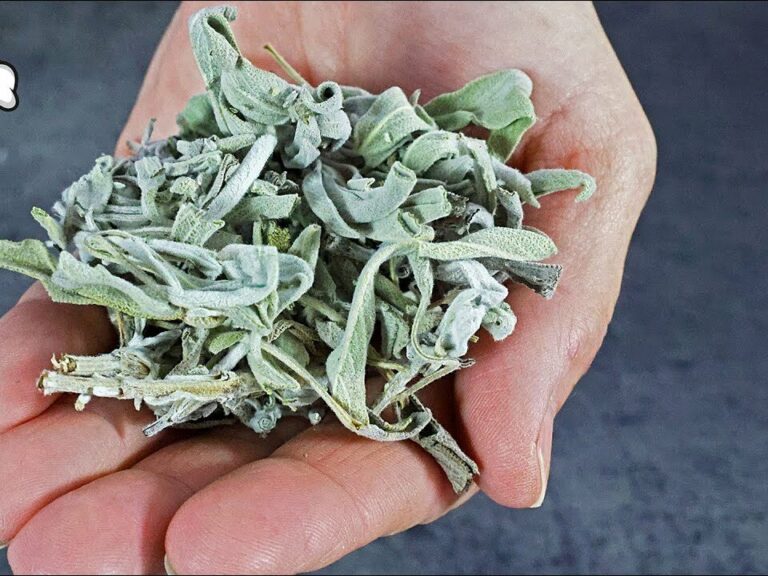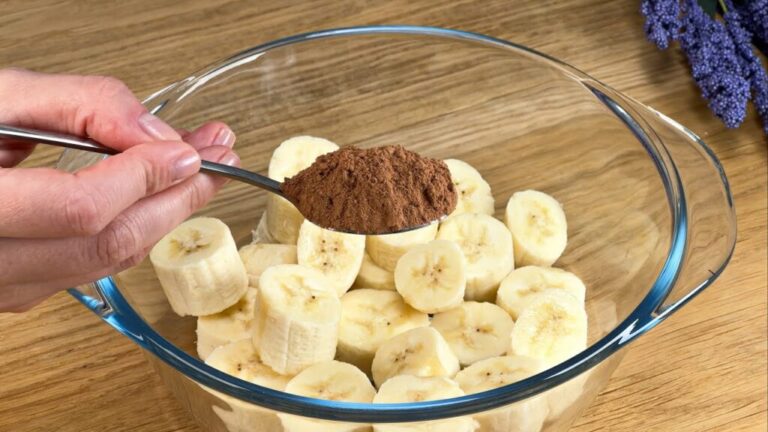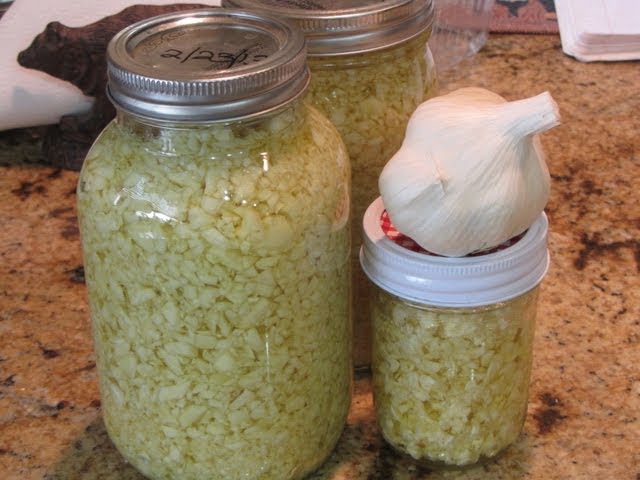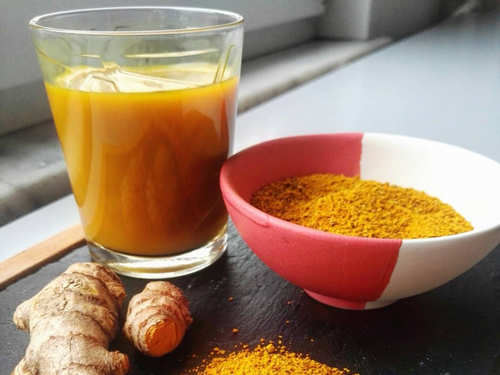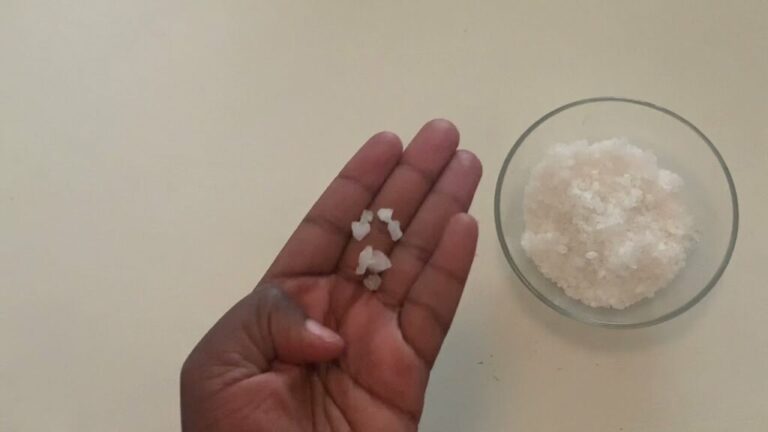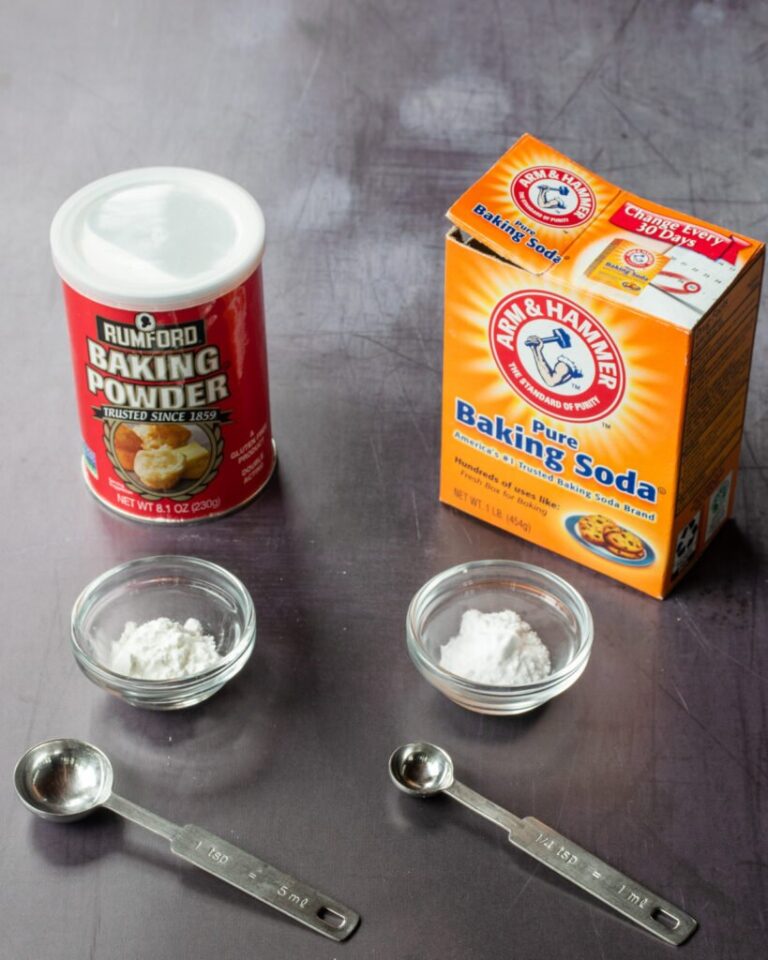Drinking beet juice is often recommended for its numerous health benefits, particularly its ability to help normalize blood pressure and improve cholesterol levels. Beets are rich in nitrates, which the body converts into nitric oxide—a compound that can help dilate blood vessels, enhance blood flow, and lower blood pressure. Here’s a closer look at how beet juice can impact your health and a simple recipe to make it at home.
Health Benefits of Beet Juice
1. Lowers Blood Pressure:
- Nitrate Content: Beets are high in nitrates, which help relax and dilate blood vessels, improving blood flow and lowering blood pressure. Studies have shown that beet juice can reduce both systolic and diastolic blood pressure.
2. Improves Exercise Stamina:
- Increased Oxygen Delivery: The nitrates in beet juice improve the efficiency of mitochondria, which produce energy in your cells. This can lead to enhanced stamina during physical activities.
3. Supports Liver Health:
- Detoxification Properties: Beets contain antioxidants and nutrients, such as betaine, that help protect the liver from oxidative damage and enhance its ability to remove toxins.
4. Reduces Cholesterol:
- Fiber and Flavonoids: Beet juice is a good source of soluble fibers and flavonoids, which can help reduce the overall levels of cholesterol in the body, particularly LDL (“bad”) cholesterol.
How to Make Beet Juice
Ingredients:
- 2-3 medium-sized beets
- 1/2 lemon (optional, for flavor)
- 1 small piece of ginger (optional, for additional health benefits and flavor)
- Water (if needed)
Equipment:
- Juicer or blender
- Knife
- Cutting board
Instructions:
- Prepare the Beets:
- Wash the beets thoroughly to remove any dirt and pesticides. Peel them if desired, though the skins are also nutritious.
- Chop the beets into small pieces that can fit easily into your juicer or blender.
- Juicing:
- Using a Juicer: Place the beet pieces into the juicer. Add the lemon and ginger if using. Collect the juice and stir.
- Using a Blender: If you don’t have a juicer, you can use a blender. Add the chopped beets to the blender, along with a little water to help the blending process. Blend until smooth, then strain the mixture through a fine mesh sieve or cheesecloth to extract the juice.
- Serve:
- Enjoy the juice fresh for the best taste and health benefits. You can chill it for an hour in the refrigerator or serve over ice if preferred.
Tips and Considerations
- Regular Consumption: For best results, drink beet juice regularly. Many studies use a daily intake to achieve health benefits, especially for blood pressure management.
- Monitor Effects: Be aware that beet juice can significantly lower blood pressure in some individuals. If you’re taking blood pressure medication, it’s important to monitor your blood pressure and consult with a healthcare provider to adjust medications as necessary.
- Stain Caution: Beet juice stains can be difficult to remove from clothes and can temporarily color urine and stools red, which is harmless but can be surprising.
Including beet juice in your diet can be a natural and effective way to help manage blood pressure and cholesterol levels, enhancing overall cardiovascular health. Just be sure to consider it as part of a balanced diet and consult with your doctor if you have any health issues or are on medication.
